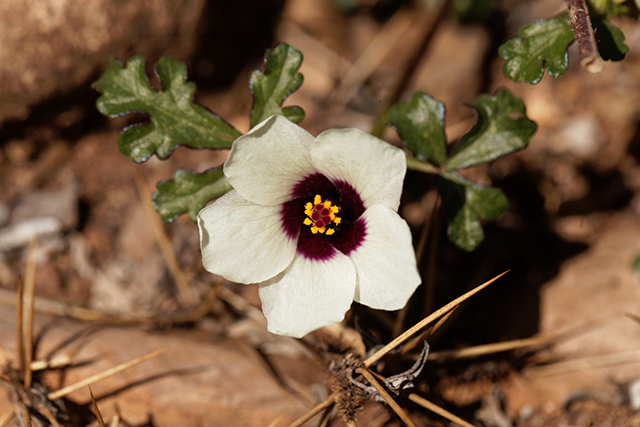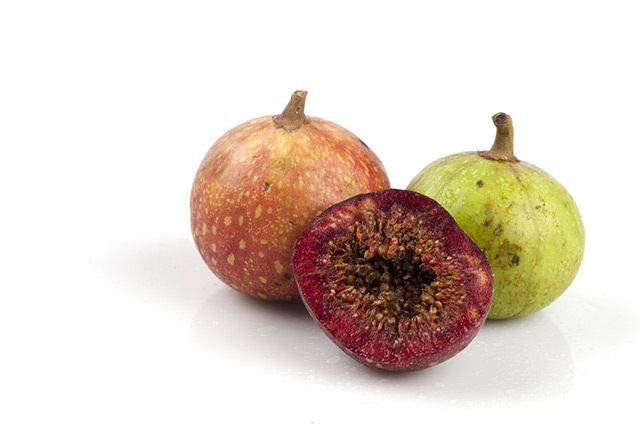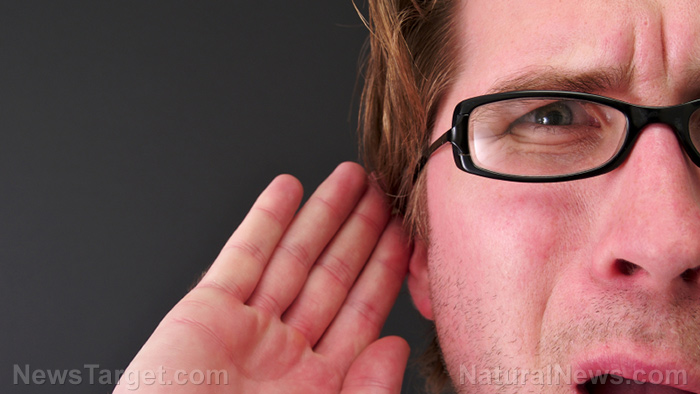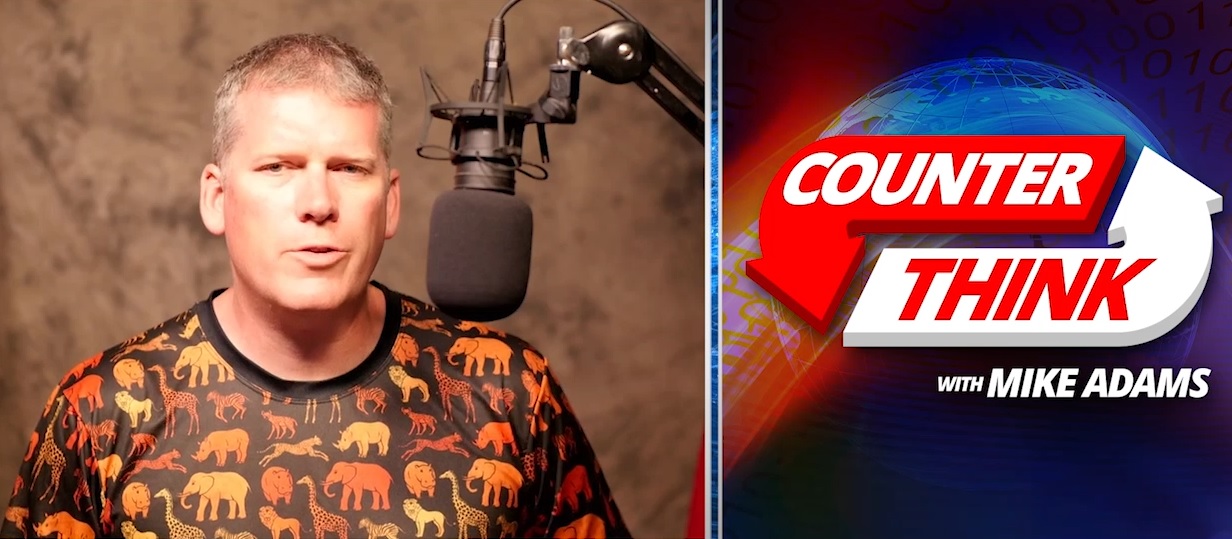Reiki is a therapy that involves “palm healing” or hands-on-body healing. In Reiki, a practitioner places their hands lightly on or over a patient’s body to start the healing process.
Reiki combines the Japanese and Chinese characters of “rei” (which means “spiritual or supernatural”) and “ki” (“vital energy”). Reiki practitioners believe that this vital energy can be channeled to aid the body’s natural ability to heal itself.
Reiki’s origins are often unclear, but it is believed that the therapy dates back to the late 19th or early 20th century. Reiki is allegedly based on the teachings of a Japanese monk named Mikao Usui. Usui based his healing techniques on methods and philosophies drawn from several traditional Asian healing practices.
Reiki practitioners believe that disease is caused by “imbalances of vital energy in the body.” Correcting these imbalances can then promote healing.
In a Reiki therapy session, the patient lies down on a massage table and the Reiki practitioner then places their hands over (or directly on top of) the patient’s body in various positions, beginning at the crown of the head. It is believed that the Reiki energy flows through the practitioner, out of their hands to the patient on the table. But the exact method that Reiki energy flows from one person to another remains unknown.
Some Reiki masters claim that they are capable of “distance healing,” or treating patients without the need for physical contact. It’s not entirely clear how Reiki works, but there are those who believe that the practice is linked to electromagnetic-type energy and that it involves an interaction with a person’s electromagnetic field.
Reiki can also allegedly promote relaxation, which helps to lower a patient’s stress response and encourages healing.
Health benefits of Reiki therapy
According to Reiki practitioners, the healing art can:
- Help patients feel deeply relaxed
- Help patients cope with difficult situations
- Relieve emotional stress and tension
- Improve overall well-being
Cancer patients share that they feel better after using therapies like Reiki, and studies show that this is due to the time a therapist spends with them and the healing touch involved. Hospitals and treatment can be stressful, it can be a relaxing change of pace when someone gives you attention for at least an hour or more in a much calmer setting. Reiki is sometimes used in palliative care, such as in hospices.
Others believe that Reiki has helped to control the side effects of their cancer treatments (e.g. pain, anxiety and sickness). Reiki can also help them cope better with their cancer and its treatment.
Body systems supported by Reiki therapy
Reiki therapy supports several body systems by:
- Reducing blood pressure
- Helps with acute injuries and chronic problems (asthma, eczema, headaches, etc.) and aides the breaking of addictions
- Removing “energy blockages,” adjusting the energy flow of the endocrine system and bringing the body into balance and harmony
- Helping the body purge toxins
- Supporting the immune system
- Increases vitality and postpones the aging process
Where to learn more
Summary
Reiki is a therapy that involves “palm healing” or hands-on-body healing.
Reiki combines the Japanese and Chinese characters of “rei” (“spiritual or supernatural”) and “ki” (“vital energy”). Reiki practitioners believe that this vital energy can be channeled to aid the body’s natural ability to heal itself.
Reiki therapy supports several body systems by reducing blood pressure, helping with acute injuries and chronic problems (asthma, eczema, headaches, etc.), removing “energy blockages,” and adjusting the energy flow of the endocrine system and bringing the body into balance and harmony.
Sources include:
LiveScience.com
CancerResearchUK.org
ReikiForHolisticHealth.com






















